June 26, 2025 | 20:36 GMT +7
June 26, 2025 | 20:36 GMT +7
Hotline: 0913.378.918
June 26, 2025 | 20:36 GMT +7
Hotline: 0913.378.918
India banned the export of broken rice, and imposed a 20% export tax on other types of rice exports starting from September 9, 2022 as this country tries to increase supply and reduce prices after the national rice yield decreased due to below-average rainfall. In addition, export restrictions will also contribute to lower domestic prices, helping consumers, especially the impoverished, gain more access to food.
This information immediately attracted special attention from rice exporters in Long An province - one of the provinces with the leading rice production and export volume in Vietnam. Mr. Nguyen Quang Hoa, Director of Duong Vu Co., Ltd located in Binh Thanh commune, Thu Thua district, Long An province, said that India's efforts could cause the world rice price to increase by nearly 20%, which is equivalent to the export tax that this country has recently imposed on many types of rice.
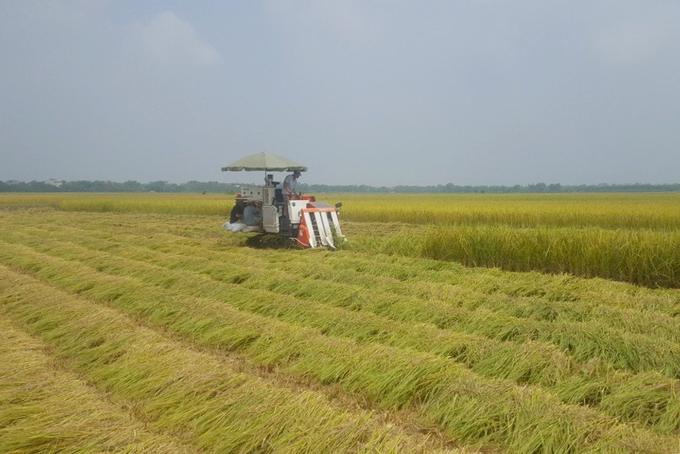
Rice harvesting in Long An province. Photo: Thanh Son.
Another rice trader operating in Long An said that India mainly exports dry rice (namely low-grade rice, similar to Vietnam's IR50404), while Vietnam exports an abundance of sticky rice and fragrant rice. Although not in the same quality segment, India's imposition of a 20% rice export tax has generated a push to increase rice prices in Vietnam and in Long An in particular.
More importantly, Vietnam has imported a large amount of broken rice from India for animal feed in recent years. With India banning the export of this specific type of rice from September 9, 2022, and animal feed manufacturers are still in great demand, the price of broken rice and by-products of Vietnam's rice industry will increase as a result in the near future.
Information from rice traders in the Mekong Delta shows that, with the impact of India's policy, the price of Vietnam's rice exports has been on a continuous upward trend and even rose above 400 USD/ton after remaining below this threshold for a long time. Vietnam's 5% broken rice is currently being traded at 408 to 412 USD/ton, 25% broken rice at 383 to 387 USD/ton.
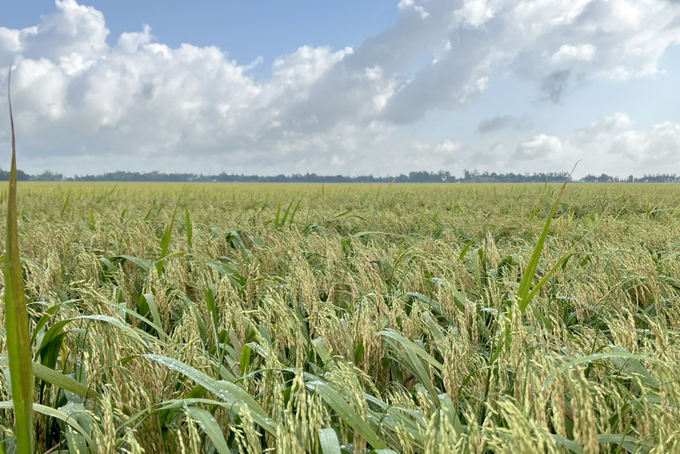
A rice field in Thu Thua district, Long An province. Photo: Thanh Son.
Mr. Nguyen Van Don, Director of Viet Hung Co., Ltd in Cai Be district, Tien Giang said that Vietnam's export rice price has continuously increased over the last few days, and many businesses are motivated because the export contract is priced favorably. Thanks to the increase in the export price of rice, the recent purchase price of finished rice in the Mekong Delta has also increased gradually.
According to Mr. Don, for the summer-autumn crop of 2022, businesses in the Mekong Delta have increased the purchase of commodity rice for storage. Therefore, this is a good time for businesses to boost exports, especially when many customers are switching from buying rice from India to buying rice from Thailand and Vietnam.
The General Department of Customs reported that in the first eight months of this year, Vietnam exported 4.79 million tons of rice, which is worth over 2.33 billion USD, an increase of 20.7% in volume, and 9.9 % in export turnover compared to the first eight months of 2021. The Philippines remains as the leading Vietnamease rice consumer, accounting for 47.7% of the total volume and 45.6% of the total national rice export turnover, reaching 2.89 million tons, which is equivalent to 1.06 billion USD.
According to Mr. Nguyen Tuan Thanh, Director of Long An province Department of Industry and Trade, Long An has a large agricultural production area, with rice being the main product. Long An rice production reached an average of 2.8 million tons every year. Namely, high-quality rice yield is 1.6 million tons, accounting for 55% of the total output. With the advantage of agricultural production, Long An has planned to build high-quality rice production areas and sub-regions with the goal of reaching 60,000 hectares by 2025.
The annual direct export of rice in Long An province ranges from 600,000 to 800,000 tons, accounting for 10% to 13% of the total rice export volume of the country.
Long An currently has 25 businesses licensed to export rice directly and 3 businesses licensed to export rice directly to China. The province's total rice export volume in 2021 was nearly 700,000 tons, reaching 328 million USD, an increase of 3.05% in volume and decrease of 10.81% in turnover compared to 2020.
Long An rice businesses are constantly expanding the market. So far, Long An businesses have exported to 40 different countries and territories including China, Philippines, Indonesia, Singapore, Malaysia. Long An rice has also entered several fastidious markets such as the Netherlands, UK, Korea, Spain, Czech Republic, Israel and so on.
Translated by Nguyen Hai Long
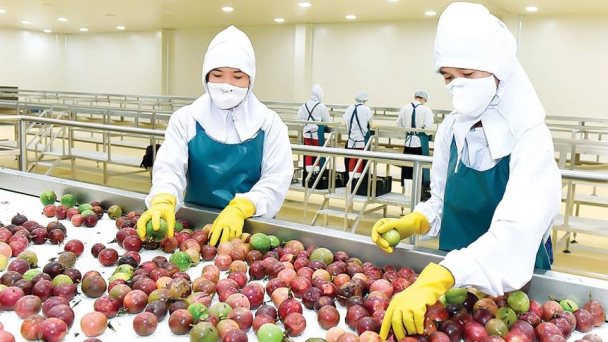
(VAN) Two newly signed protocols with China place Vietnamese passion fruit and fresh chili in a more transparent playing field, where exporting is just the first step; passing post-inspection is now essential.

(VAN) Flooding in NE Arkansas may shift the rice outlook downward.
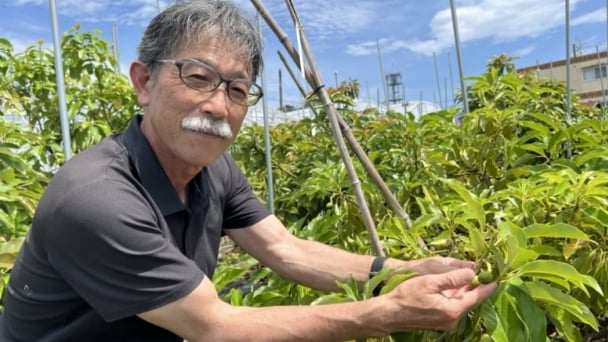
(VAN) Tsutomu Uchida, 64, wipes the sweat from his face as he walks through a farming plot filled with avocado trees in a port district of Shizuoka.
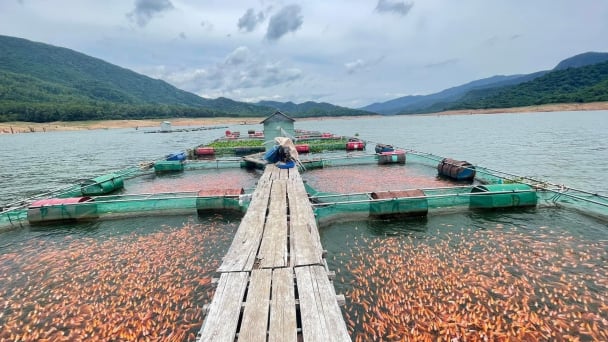
(VAN) At the request of partners, the agriculture and environment sector of Binh Dinh is determined to develop a red tilapia farming linkage chain in Dinh Binh reservoir that meets export standards.

(VAN) Last week, the U.S. Department of Agriculture (USDA) released its June World Agricultural Supply and Demand Estimates (WASDE), raising projections for both Indian rice production and U.S. rice imports for the 2025/2026 marketing year.
/2025/06/17/2344-1-131758_261.jpg)
(VAN) Amid tariff risks and growing trade barriers in the U.S. market, Australia is emerging as a promising destination to sustain the growth momentum of Vietnam's shrimp exports.
/2025/06/17/2013-1-nongnghiep-112009.jpg)
(VAN) This notable growth trend reflects the global taste for fresh, nutritious fruits and the expanding use of lychees across various sectors.